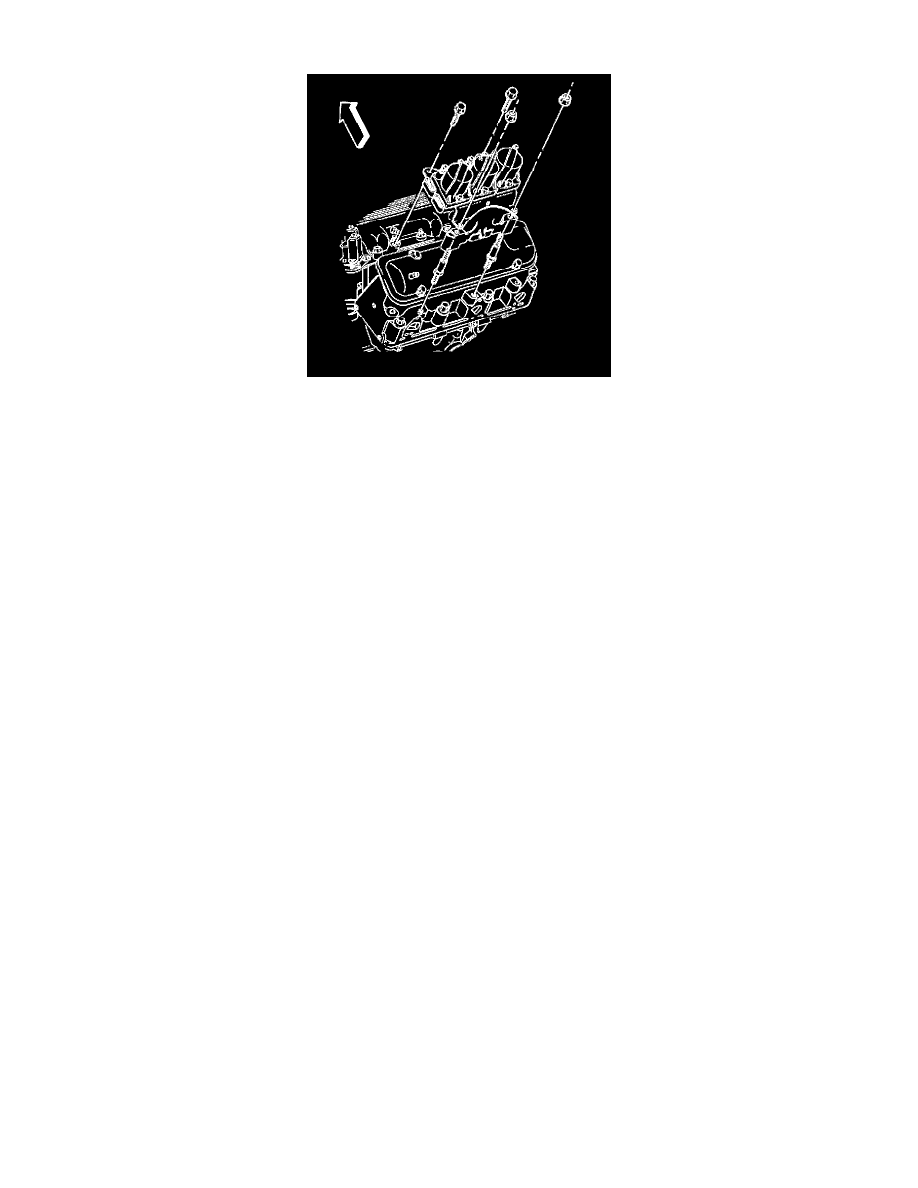Skylark V6-3100 3.1L VIN M SFI (1996)

Ignition Control Module: Description and Operation
The ignition control module performs the following functions:
^
It determines the correct ignition coil firing sequence, based on 7x pulses. This coil sequencing occurs at start-up. After the engine is running,
the module determines the sequence, and continues triggering the ignition coils in proper sequence.
^
It sends the 3X crankshaft reference (fuel control) signal to the PCM. The PCM determines engine RPM from this signal. this signal is also
used by the PCM to determine crankshaft speed for Ignition Control (IC) spark advance calculations.
^
The 3X reference signal sent to the PCM by the ignition control module is an ON, OFF pulse occurring 3. times per crankshaft revolution.
CIRCUITS AFFECTING IGNITION CONTROL
To properly control ignition timing, the PCM relies on the following information:
^
Engine load (manifold pressure or vacuum)
^
Atmospheric (barometric) pressure
^
Engine temperature
^
Intake air temperature
^
Crankshaft position
^
Engine speed (RPM)
The Ignition Control (IC) system consists of the following components:
^
Ignition coils
^
Ignition control module
^
7x crankshaft position sensor
^
24X crankshaft position sensor
^
Powertrain control module
^
All connecting wires
FUNCTIONS
The Electronic Ignition Control Module (ICM) circuits perform the following functions:
^
3X reference high (CKT 430) - The 7x crankshaft position sensor sends a signal to the electronic ignition control module which generates a
reference pulse that is sent to the PCM. The PCM uses this signal to calculate crankshaft position and engine speed (also used to trigger the
fuel injectors).
^
3X reference low (CKT 453) - This wire is grounded through the ICM and assures the ground circuit has no voltage drop between the ICM and
the PCM
^
Ignition control bypass (CKT 424) - During initial cranking,the PCM will look for synchronizing pulses from the camshaft position sensor and
the 7x crankshaft position sensor. The pulses indicate the position of the #1 piston and the #1 intake valve. Five volts is applied to the bypass
circuit at precisely the same time these signals are received by the PCM. This generally occurs within one or two revolutions of the crankshaft.
An open or grounded bypass circuit will set a DTC PI 350 and the engine will run at base ignition timing. A small amount of spark advance is
built into the ignition control module to enhance performance.
^
Ignition Control (IC) (CKT 423) - The PCM uses this circuit to trigger the electronic ignition control module. The PCM uses the crankshaft
reference signal to calculate the amount of spark advance needed.
^
24X reference signal - The 24X crankshaft position sensor increases idle quality and low speed driveability by providing better resolution at a
calibrated RPM.
The ignition control module is grounded to the engine block through 3 mounting studs used to secure the module to its mounting bracket. If
servicing is required, ensure that good electrical contact is made between the module and its mounting bracket, including proper hardware and
torque.
